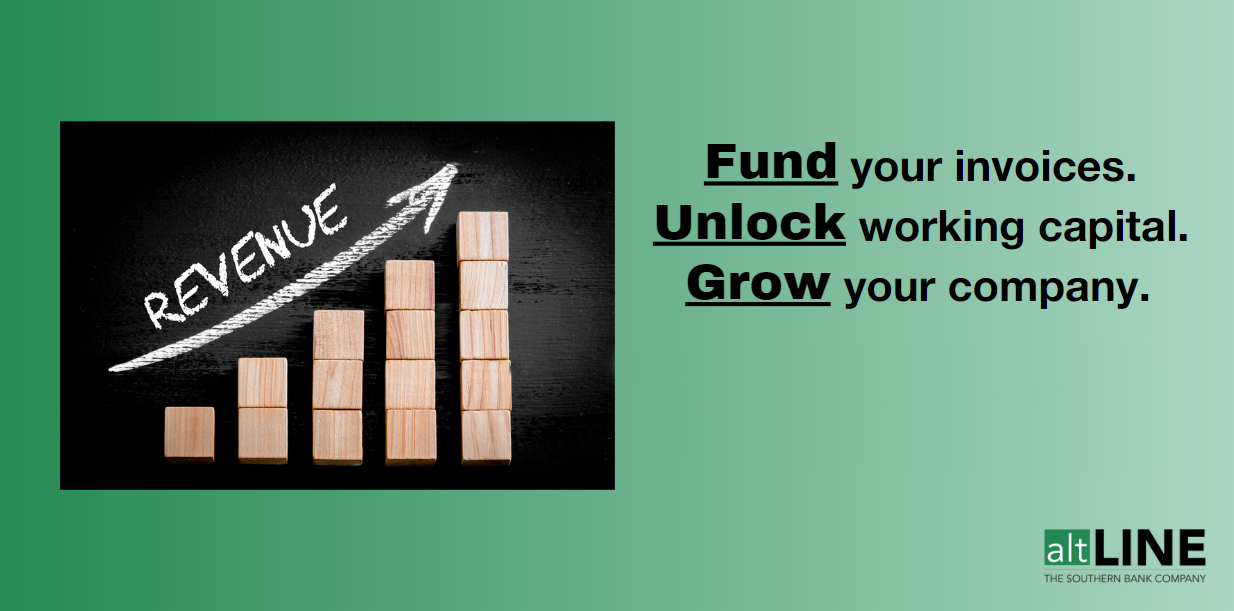Interest Rates and Small Businesses: What You Need to Know
Last Updated March 22, 2024
Interest rates have been a hot topic of conversation for small businesses over the last year after the federal funds rate hit a 23-year high in July 2023. Since then, the Fed rate has remained steady (5.25% – 5.50%), but questions remain surrounding the impact of interest rates on small businesses. How has this high rate affected small business owners, and what can they expect when the rate inevitably drops?
How Do Interest Rates Affect Small Businesses?
The federal funds rate (or Fed rate) is the target interest rate for commercial banks to borrow at. This rate is set by the Federal Open Market Committee (FOMC), which meets several times a year to evaluate and determine the target Fed rate.
This federal interest rate has impacts across the economy, including the cost of borrowing for both consumers and businesses. Generally speaking, the Fed rate is increased when the FOMC wants to slow down spending and reduce inflation, and the rate is dropped to stimulate the economy.
Effects of High Interest Rates on Businesses
At the time of writing this article, the federal interest rate is at the highest it’s been in over 20 years. After consistent rate hikes over the past few years, the Fed rate has remained steady, and small businesses have felt the financial challenges of the high interest rates.
More Expensive Borrowing
One of the biggest negative effects of high interest rates on small businesses is the cost of borrowing. As the Fed rate increases, so does the interest that business owners pay on loans and lines of credit as lenders charge a premium for borrowed funds. Because of this increased cost, some business owners may delay taking out a loan or may spend more money repaying lenders, limiting business growth.
Despite the current high interest rates, a NerdWallet survey found that 67% of small business owners in the US plan to seek funding in the next 12 months, potentially due to the hope that rates will fall later this year.
Less Cash Flow
The cost of borrowing isn’t just more expensive for businesses when interest rates rise – consumers feel it as well. With higher payments on car loans, mortgages, and student loans, consumer spending slows, which leads to less shopping at small businesses across the country. Additionally, during an economic slowdown, business spending decreases, so B2C and B2B businesses alike feel this dip in revenue.
As spending slows, it’s important to properly manage your cash flow so that you don’t get stuck in a cycle of negative cash flow that you can’t get out of. Properly managing your debt repayments, re-evaluating your pricing structure, and negotiating better payment terms can all help you improve cash flow during an economic downturn.
Slower Business Growth
Higher rates lead to lower consumer spending and less accessible borrowing, which can result in limited business growth. With less spending and a slower economy, cash can become tight, making it more difficult to invest in expansion opportunities.
Robert Farrington, a finance expert and founder of The College Investor, explains, “Interest rates can play a big role in small business finances, especially those who rely on a line of credit or borrowing to get the equipment or space they need.” If a business owner was planning to take out a loan to finance expansion, those plans may be delayed until interest rates are lower.
Slower Debt Repayment
Because commercial interest rates increase during a rate hike, it can take more time to pay off your existing loans. As you are forced to allocate more cash to debt repayment, other areas of your business may suffer, such as your plans to purchase more equipment or hire more employees.
Effects of Low Interest Rates on Businesses
Even though interest rates are currently high, the federal funds rate is expected to lower as the economy slows. Once this happens, it’s important to keep in mind the effects that low interest rates will have on small businesses.
More Affordable Borrowing
Because a lower Fed rate makes borrowing cheaper for consumers and businesses alike, accessing loans, lines of credit, and other lending products will be much easier. With more affordable borrowing, business owners will have the means to further invest in their companies, such as opening another retail location, purchasing necessary equipment to increase operations, or expanding their marketing budgets to drive more sales.
Increased Sales
When the FOMC lowers the Fed rate, it’s largely to stimulate the economy and boost spending. Lower rates lead to more consumers having disposable income, which can lead to more sales for your small business, if you are a B2C company.
The increased purchasing behavior isn’t limited to just consumer-facing businesses, though. B2B companies can see similar revenue and profit improvements as an active economy has positive impacts throughout the market and supply chain. As the economy is stimulated, business spending increases as well.
Cheaper to Pay Off Debt
Similar to how it is more affordable to access borrowing when rates are lower, the cost of paying off debt is cheaper as well. With lower interest rates, business owners can put more money towards the principal and less towards the interest, helping them lower their debt more quickly and use the savings to invest in other areas of the business.
Tips for Small Business Owners Concerned About Interest Rates
Small business owners are typically most concerned about interest rates when they are high because this causes the cost of debt to rise and makes running a business more expensive in general. Gates Little, President of the Southern Bank Company, explains, “In times of increasing rates, small businesses will benefit from reducing expenses and paying down debt as much as possible. These actions will help free cash flow and enable small businesses to survive until either rates come back down or the economy adjusts to a higher rate environment through higher prices and higher wages – changes that typically take place in gradual but random moves.”
In addition to paying down debts and reducing spending, below are some other tips for business owners that are concerned about the impacts of high interest rates.
Improve Cash Flow Management
Because interest rates can greatly impact the financial health of businesses, cash flow management is needed to secure your company’s financial future. While cash flow is important during cycles of low and high interest rates, it will likely feel more pressing to improve your cash flow during times of rate hikes.
There are several ways that you can improve your business’s cash flow, such as:
- Restructuring your pricing
- Shortening the invoice payment terms that you offer other businesses
- Charging late payment fees
- Reducing your inventory
- Improving customer credit check processes
- Negotiating better terms with vendors
- Factoring your invoices
Review Customer Creditworthiness
A great way to protect your business from non-payment is by performing credit checks on your customers. Before extending credit to your clients, it’s important to evaluate:
- Their payment history
- Their business credit profile
- Their profitability over time
By evaluating new clients before working with them and offering them terms, you can reduce the risk of fraud, late payments, and non-payment, helping improve your overall cash flow and protect your business during times of economic uncertainty.
Evaluate Debtor Concentration
Debtor concentration refers to the distribution of accounts receivable owed across your debtors (or customers). For example, if all of your outstanding accounts receivable is owed by one debtor, your debtor concentration would be 100%, but if half of your accounts receivable is owed by one debtor and the other half is owed by another debtor, then each debtor would have a concentration of 50%.
By evaluating your debtor concentration, you can focus on reducing the risk that you take on when extending credit to your customers, which can help protect your business during times when interest rates are high, borrowing is expensive, and cash flow is tight. By diversifying your customer portfolio and shrinking your debtor concentration, you reduce your own financial risk.
Consider Your Financing Options
Acquiring financing can be difficult when interest rates are high, and it’s normal for business owners to be concerned about accessing business funding. In fact, 17% of small business owners are concerned about being rejected for the financing they need in the next 12 months.
To help reduce your concern about receiving funding, it’s important to understand the options that you have available. For example, while business loans and lines of credit are easier to access when interest rates are low, they can come at quite the premium when rates are high. If that’s the case, it may be helpful to explore alternative financing options, such as invoice factoring or peer-to-peer lending.
Need Financing? altLINE Can Help
altLINE is a top rated invoice factoring company that specializes in helping small and medium sized businesses access the working capital that they need. With an A+ rating by the BBB and a nearly 5 star rating on Trustpilot, we take the time to understand your unique needs and work with you to scale your business.
Interested in working with altLINE? Fill out our quote form or call a representative at +1 205-607-0811. We’d be happy to speak with you!
Interest Rates and Small Businesses FAQs
Who benefits from higher interest rates?
Financial institutions are most likely to benefit from higher interest rates. They will typically charge a higher premium than they pay on deposits, resulting in increased earnings.
Are interest rates rising?
The federal funds rate, which is the target interest rate for commercial banks, has remained steady since July 2023, so it is not currently rising or falling.
Do businesses make more money when interest rates rise?
While there will be no answer that is applicable to all businesses, typically companies see a drop in consumer and business spending when interest rates are high, resulting in lower revenue. However, this is a wide-sweeping statement and by no means true for all businesses.
Angela is the Director of Online Marketing at altLINE where she manages content production, marketing and sales operations, and digital PR. Angela joined altLINE in 2022 after several years of working in digital marketing across various industries including financial services and B2B. Angela loves creating content that helps readers better understand their financing options and helps them make informed decisions about factoring. Her work has been featured in publications like Search Engine Journal and Moz.




